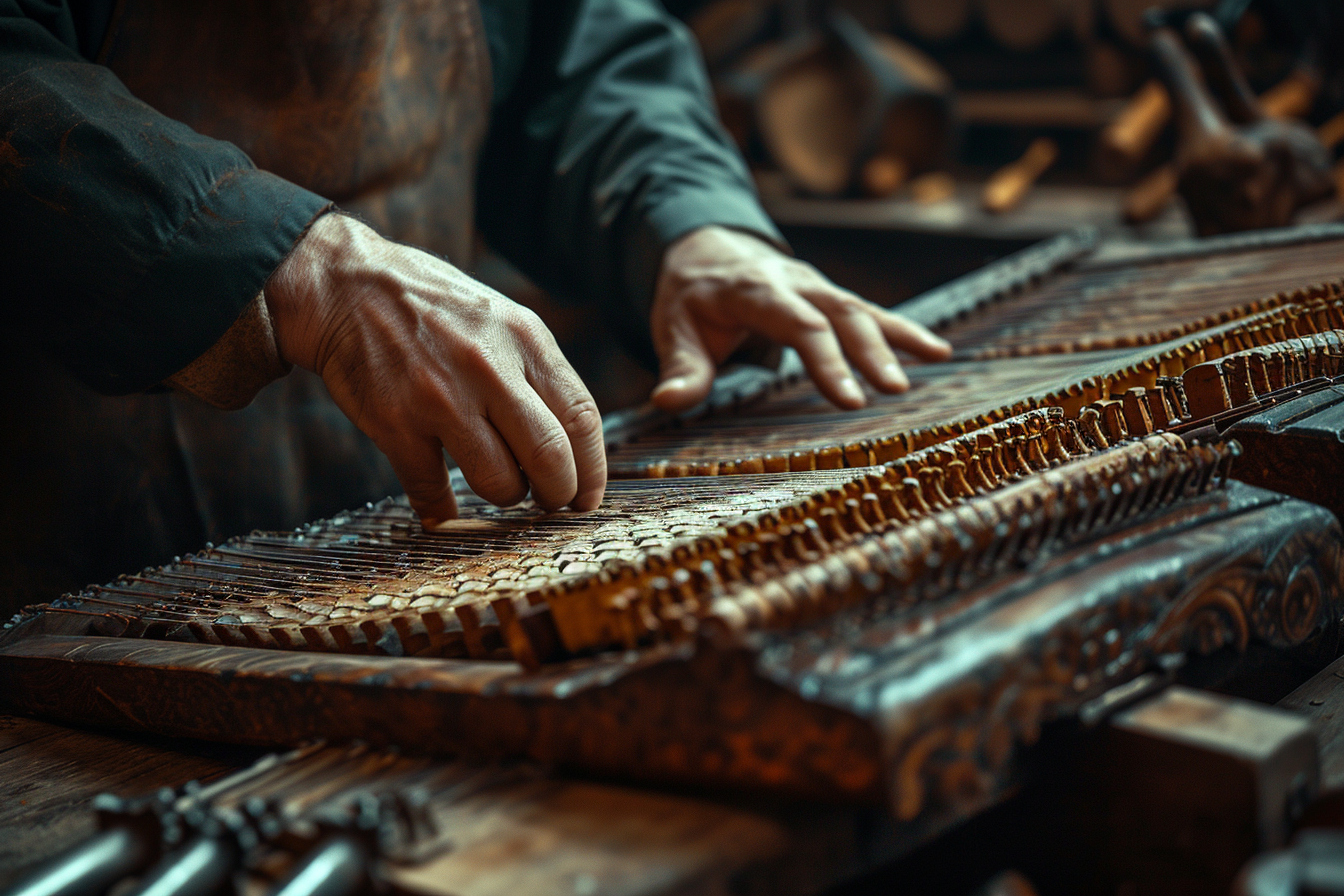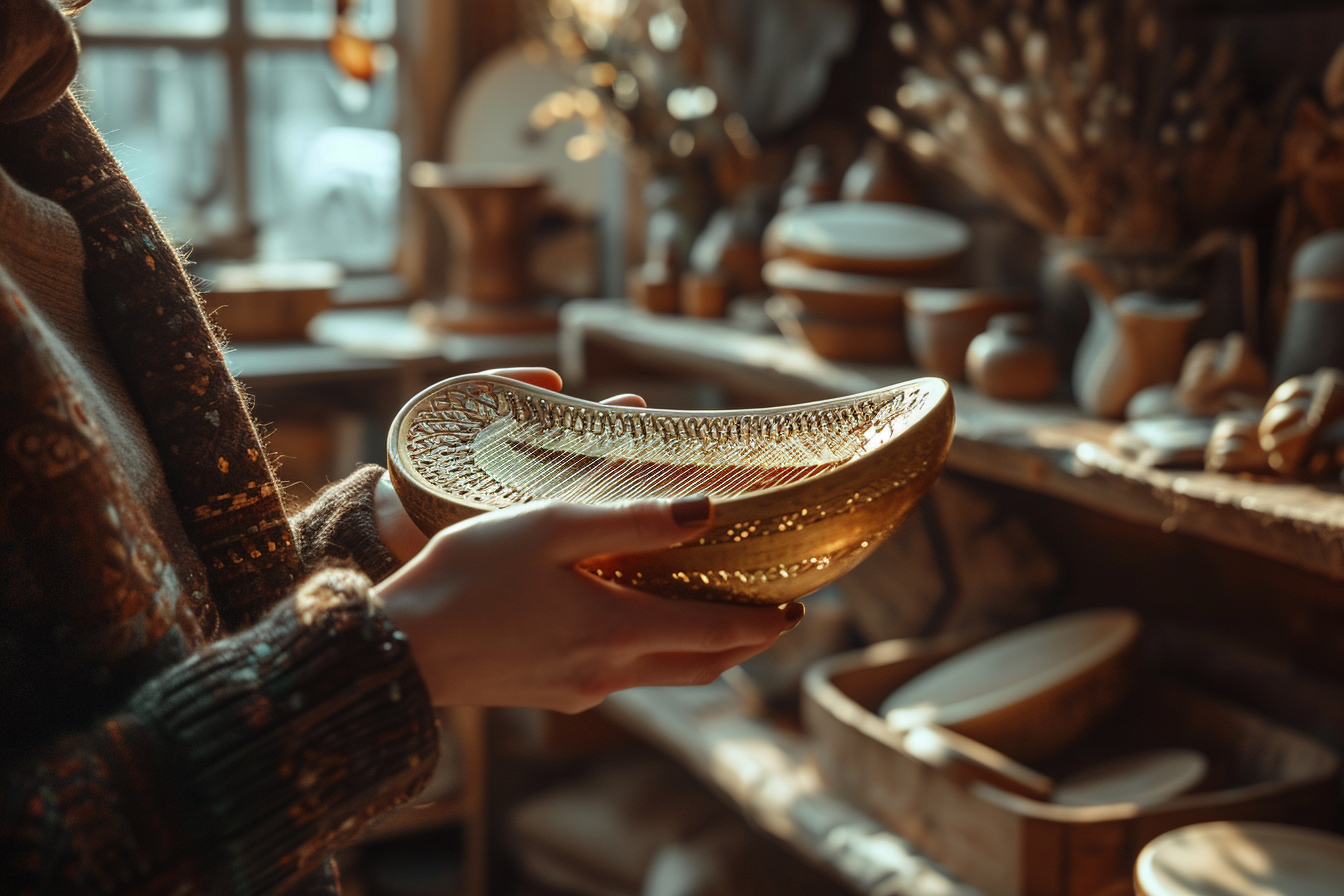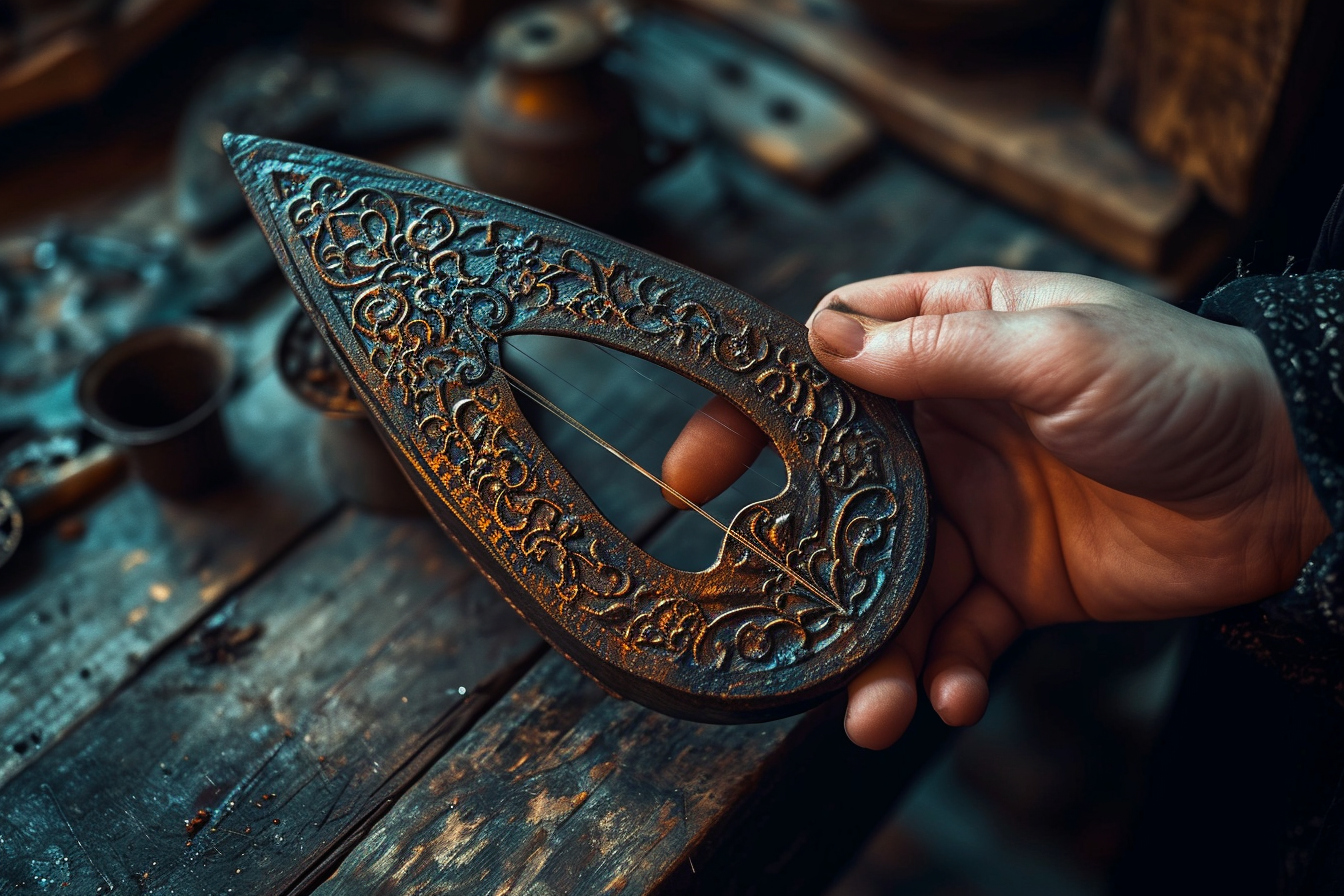The jaw harp, also known as a mouth harp, Jew’s harp, or by other names depending on its global region, is a small, dynamic instrument that holds a cherished place in a variety of musical traditions. As a captivating musical device, it has charmed both players and audiences with its unique sound, portability, and distinctive playing technique. Delving into the world of jaw harps presents an exciting venture for any music enthusiast. To choose the right one, however, requires an understanding of its characteristics, variations, and the factors that contribute to its performance and player compatibility.
Understanding the jaw harp
Before embarking on the selection process, familiarize yourself with what a jaw harp is and how it functions. The jaw harp consists of a flexible reed, typically made of metal, which is attached to a frame. The player holds the frame to their mouth, plucks the reed with a finger, and uses their oral cavity as a resonating chamber to produce sound. The pitch and timbre can be modified by altering the shape of the mouth and the position of the tongue.
Cultural variants
Across cultures, the jaw harp appears in various forms, each with its distinct characteristics. Known as the murchunga in Nepal, the khomus in Yakutia, the kubyz in Siberia, and the dan moi in Vietnam, these versions reflect diverse materials and styles. Fascinatingly, these regional variants not only reflect the instrument’s cultural adaptations but also influence the technique of play and the type of music created.
Material matters
Jaw harps are crafted from a range of materials, including brass, steel, bamboo, and even titanium. The choice of material impacts the instrument’s durability, tone, and responsiveness. A well-selected material contributes to the satisfaction of the player and to the depth and quality of the instrument’s sound.
Prioritizing sound quality
Sound quality lies at the heart of any musical instrument, and the jaw harp is no exception. The clarity, volume, and richness of the notes produced are paramount.
tone
The tone of the jaw harp must be pleasing and resonant. Consider an instrument that has a clear, bright, and full-bodied tone. Sound preference is subjective, so take the time to listen to various jaw harps, whether through in-person demonstrations or high-quality recordings, to discern what resonates with you.
volume
Volume is a vital aspect, especially if you plan to play in a group setting or outdoors. Some jaw harps have a surprising amount of power despite their size, while others are more suitable for intimate, quiet spaces.
overtones
Jaw harps can produce delightful and intricate overtones. These additional frequencies that resonate along with the fundamental note add depth and texture to the sound. A quality instrument should allow clear overtone production, facilitating complex and enriched musical expression.
Evaluating craftsmanship and build quality
Durability and the precision of manufacturing profoundly affect the user experience and the lifespan of the instrument.
Construction integrity
Sturdy construction is a must. Inspect the joint where the reed meets the frame, as it should be tight and show no signs of weakness. Also assess the general build for signs of good workmanship, such as even finishing and the absence of sharp edges or other manufacturing flaws.
Reed quality
The reed is the soul of the jaw harp; its flexibility and strength determine how well it will perform. Look for a reed that is neither too stiff nor too pliable. The material and thickness of the reed are pivotal in dictating not only the sound but also the responsiveness to the player’s touch.
Frame ergonomics
The frame should be comfortable to hold against the teeth or lips, with no discomfort or fatigue over time. Ergonomic design is particularly relevant for players who intend to practice long sessions or perform lengthy pieces.
Comfort and playability
The relationship between the player and their instrument is intimate, making comfort and playability essential.
Size and fit
Jaw harps come in various sizes, and finding the right fit is crucial. A size that matches the player’s hand and mouth ensures ease in holding and maneuvering the instrument, thus enhancing control and reducing the risk of dropping or mishandling it.
responsiveness
The reed should respond well to the player’s plucking, allowing for both subtle and vigorous play. Test for response by lightly tapping the reed and observing its vibration and the ease of initiating sound.
Maintenance and care
Consider the maintenance required to keep the instrument in optimal condition. Some materials and designs necessitate more care than others. Choosing a jaw harp that fits your commitment to maintenance ensures its longevity and sustained quality of performance.
Assessing the aesthetic aspect

A jaw harp is not only a musical instrument but also an object of art. The aesthetic appeal can enhance the playing experience and the bond between the instrument and the musician.
Visual design
From minimalist to ornate, the visual design of a jaw harp speaks to personal taste and style. Whether you prefer a simple, unadorned piece or one embellished with intricate carvings or engravings, select an instrument that you find visually pleasing.
Craftsmanship as art
Uncover the story behind the craftsmanship. Many jaw harps are handmade by skilled artisans whose techniques have been refined over generations. These instruments often carry a piece of cultural heritage and can be especially inspiring to play.
Matching the instrument to your musical style
Your selection should resonate not only with your aesthetic taste but also, and perhaps more importantly, with your musical style and the genres you aspire to explore.
Musical genres
Different styles of music may require varied jaw harp tones and capabilities. For folk music, traditional styles in keeping with cultural sounds may be preferred, while experimental music might benefit from a more modern and eclectic jaw harp design.
Playing techniques
Advanced techniques such as rapid playing, complex overtone manipulation, and the integration of vocalizations demand a jaw harp design that supports such intricacies. Test prospective instruments to ensure they accommodate your playing style.
Choosing a maker or brand
Reputation and reliability of the instrument maker or brand should not be overlooked. A respected maker likely offers higher quality and possibly customer support.
reputation
Research brands and artisan makers lauded for quality and consistency. User reviews, professional recommendations, and musician forums are valuable resources for gauging brand reputation.
Warranty and support
Some makers offer warranties or guarantees on their instruments, which can be beneficial in the case of manufacturing defects or unforeseen issues. Additionally, customer support can be essential for after-purchase questions and maintenance guidance.
Determining your budget
Your financial plan for the purchase plays a critical role. Jaw harps can range from very affordable to high-end collectible prices.
Investment vs. experimentation
Consider whether you are making a long-term investment or seeking an entry-level model for experimentation. Decide on a budget that reflects your commitment and level of interest in jaw harp playing.
Price and quality correlation
Generally, a higher investment may secure a jaw harp with superior tonal quality, durability, and playability. However, great value can sometimes be found in modestly priced instruments, so thorough research and comparison are warranted.
Trying before buying

Wherever possible, trial the instrument. Feeling the jaw harp in your hands, experiencing its sound firsthand, and assessing its compatibility with your playing style are invaluable when making an informed selection.
In-Store experience
Visit music shops that specialize in or carry a selection of jaw harps, allowing for a tactile and auditory trial. Knowledgeable staff can also offer advice and insights that may inform your choice.
Workshops and festivals
Attending workshops, festivals, or meetups focused on the jaw harp provides an opportunity to try different models and learn from fellow enthusiasts.
Embarking on the journey to master the art of jaw harp selection is an enriching endeavor that combines personal preference with technical consideration. By evaluating factors such as sound quality, craftsmanship, comfort, aesthetics, musical compatibility, maker reputation, budget constraints, and the trial experience, an individual can select not just an instrument but a partner in their musical expression.
Adhering to the essential tips discussed can significantly enhance the selection process, leading to a more informed and satisfying purchase. The key lies in patience, research, and hands-on exploration, which together bring you closer to finding the jaw harp that resonates with your soul, and that will, in turn, breathe life into the music you create.











